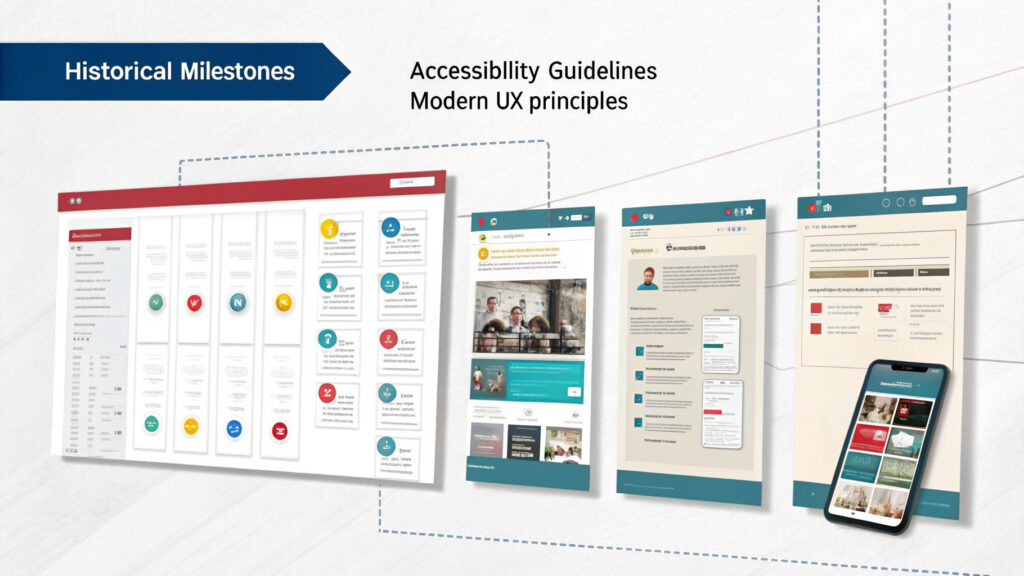
The Digital Age’s history is full of instances where a service becomes obsolete when facing its product counterpart. The example that might come to everyone’s mind first would be travel agents. Today almost no one communicates directly with a travel agent, choosing instead to interact with online travel agencies such as Expedia, Orbitz, and Priceline. Each of those websites receives millions of visits a day for travel bookings. The websites themselves have become the product and a vital part of the travel, transportation, and hospitality vertical market.
[/et_pb_text][/et_pb_column][/et_pb_row][/et_pb_section][et_pb_section fb_built=”1″ _builder_version=”4.18.0″ _module_preset=”default” custom_padding=”0px||14px|||” global_colors_info=”{}”][et_pb_row _builder_version=”4.18.0″ _module_preset=”default” global_colors_info=”{}”][et_pb_column type=”4_4″ _builder_version=”4.18.0″ _module_preset=”default” global_colors_info=”{}”][/et_pb_column][/et_pb_row][et_pb_row _builder_version=”4.18.0″ _module_preset=”default” global_colors_info=”{}”][et_pb_column type=”4_4″ _builder_version=”4.18.0″ _module_preset=”default” global_colors_info=”{}”][et_pb_text _builder_version=”4.18.0″ _module_preset=”default” global_colors_info=”{}”]
Data has followed suit. Large quantities of data are now available through secure access, enabling organizations to identify trends and decision moments that help them make accurate assumptions about everything from buying behaviors and the best regions for new product launches to which team will have the best chance to win the World Cup. The shift to delivering data as insights (products) that improve business decisions—and not just raw data itself—has created a new vertical market.
In comes the best: user experience
The benefits of a good, personalized user experience (UX) have been long established. Businesses are putting every effort toward providing the best UX for their customers because they know that the experience sets them apart from their competition. The experience provided to the customer is the disruptive force in today’s market. Find a way to make your customers’ lives easier, and you’ll have a customer for life—and nothing pays more at a higher margin than customer loyalty.
But developing a personalized user experience is a service that’s provided by highly trained UX specialists who spend years learning and perfecting their craft. These individuals cultivate a wide range of knowledge about every aspect of their client’s business, customers, and best practices, using it to define an experience that will instill higher conversions, longer engagements, and brand and product loyalty. And the clients who engage these individuals’ services will pay a premium for the highest quality talent.
But is UX positioned to follow data and become its own vertical market?
The answer is a resounding yes!
Remember the movie “Total Recall,” where Arnold Schwarzenegger wants to take a virtual vacation to Mars and goes to an agency to have the experiences implanted directly in his memory?
Although that was a far-flung scenario based on science fiction, the idea of “productizing” user experiences isn’t. If you break down a personalized user experience, you’ll see that it comprises a series of data points. We can define everything from digital moments that direct channel engagement and opportunity to the decisions that personalize the experience and make it relevant to the aesthetic appeal based on behavioral characteristics or personality traits in data. Even adaptive paths that branch based on events and/or responses and have role-specific content identified as data elements. We can then structure these data elements in a way to produce a viable and acceptable UX.
As data is gathered about the different aspects of an experience, trends are identified, and predictions are made that change those experiences. And as we aggregate these experiential segments to form even larger, more encompassing segments, we can save them. This results in a catalog of experiences ranging from simple conversions and transactions to content engagement and leads nurturing to long-term customer brand loyalty to chained experiences that span multiple industries, interests, engagement models, and branched decisions based on a situational awareness of a device or user events. And we can personalize these to an individual or groups of individuals with extreme accuracy and complete anonymity and security.
This UX vertical market would be a hybrid containing both product and service offerings. We would catalog the product’s experiences and experience chains. The services would involve highly specialized individuals crafting and combining new experience segments that feedback into the overall experiential data lake, which would refine through data-driven feedback.
[/et_pb_text][/et_pb_column][/et_pb_row][et_pb_row _builder_version=”4.18.0″ _module_preset=”default” global_colors_info=”{}”][et_pb_column type=”4_4″ _builder_version=”4.18.0″ _module_preset=”default” global_colors_info=”{}”][/et_pb_column][/et_pb_row][/et_pb_section]

